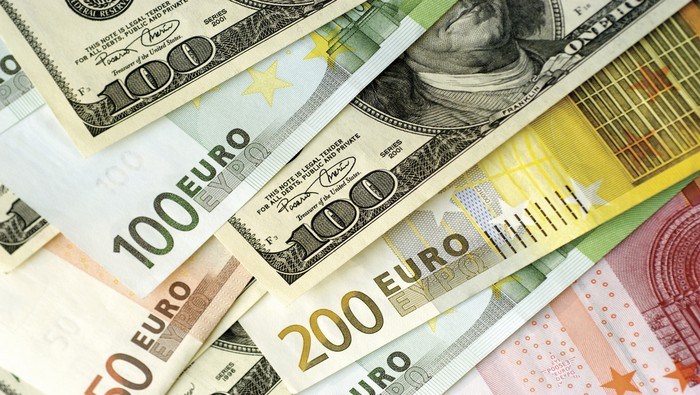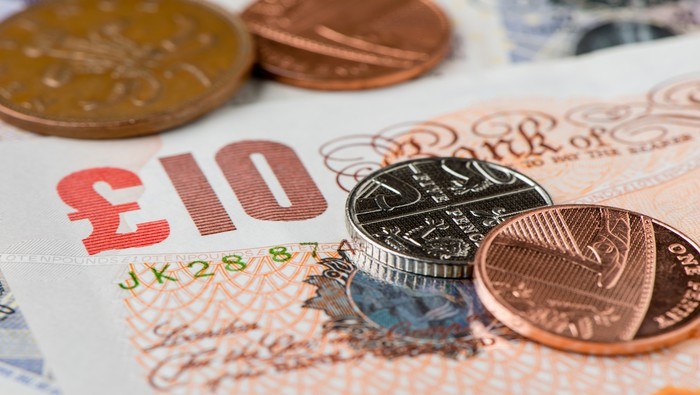Fundamental Forecast for CAD: Neutral
- USD/CAD Falls as Bank of Canada Holds Key Rate Unchanged.
- USD/CAD to Eye Fresh March Lows on Upbeat Canada Employment Report.
- If you’re looking for trade ideas, the DailyFX Trading Guides can help: We offer our 2016 Top Trading Ideas, along with our quarterly forecasts in these reports. Click here to access.
This week served as the 8th consecutive week of gains in the Canadian Dollar against its US counterpart. The pre-eminent driver that initiated the move back in mid-January got another breath of life, as the Bank of Canada elected not to move rates lower despite numerous forces of pressure being seen in the Canadian economy derivative of larger overall themes of a US slowdown and a questionable rally in Oil prices.
As we had written back in mid-January, shortly after the Loonie began to strengthen after an outsized run of weakness, it appeared as though the Bank of Canada and BOC Governor Stephen Poloz were going to take a step back from monetary accommodation in order to allow newly installed Prime Minster Justin Trudeau to embark upon fiscal measures. Myself and Christopher Vecchio published the piece, ‘Oil Collapse Driven by Panic; Is Cad at a Policy Turning Point,’ discussing the furtherance of this theme, positing that falling Oil prices would likely no longer be the primary driver in the Canadian Dollar. In the weeks following, that Oil/CAD correlation divorced as oil prices continued falling while the CAD strengthened. More recently Oil has begun to move higher, and this has likely created a synergistic impact for the Canadian Dollar.
The prospect of taking a step back from monetary policy to instead focus on fiscal measures may sound strange at our current juncture, as economies around the world have monetary cannons firing at full-speed. We saw one of those cannons get turned up a notch this week out of the European Central Bank, and with a full slate of Central Bank meetings scheduled for the week ahead, the Loonie is likely to remain vulnerable to external variables in the global economy, namely oil prices and US rate policy.
In the spotlight for next week on the Canadian data front will be inflation numbers set to be released on Friday. After that previously jaw-dropping run of weakness that brought upon the initial signs of unsavory consumer inflation in the economy, this continued strength in the CAD and more firm inflation prints can be a good thing for the structural foundation of the Canadian economy. It’s hard to create real growth in an economy when prices are constantly rising on imported consumer goods, and matters like the ‘Canadian Cauliflower Crisis’ highlights this theme. A single head of cauliflower was selling for C$8 just two months ago when a year earlier prices were closer to C$2.50. This is the type of inflation that regular, every day consumers notice easily and this is the type of thing that can create negative impacts in the consumer-base of an economy.
After this week’s Bank of Canada meeting, where Mr. Poloz relayed an optimistic outlook on inflation while electing to keep rates steady, this can serve as further affirmation that the bank will remain in a passive posture to a) evaluate externalities in the global economy and b) to allow the Canadian government to embark upon fiscal reforms.
For the week ahead the likely drivers will be those externalities, primarily oil prices and US rate policy. We get existing home sales figures on Wednesday, but the more pertinent Canadian data will likely be those Friday data points, which include Retail Sales and Inflation numbers. The expectation is for 2% annualized year-over-year inflation, and beats of this figure will likely inspire further CAD strength as a passive Bank of Canada can actually look at the prospect of tightening policy to manage inflationary pressures given the implied supportive fiscal backdrop.
But we have numerous Central Bank meetings to get through before we get to those Friday prints, and given the veracity of the recent run with the lack of new or additional drivers, the forecast for the week ahead on the Canadian Dollar is neutral, which could easily become bullish should inflation post above 2% on Friday.






